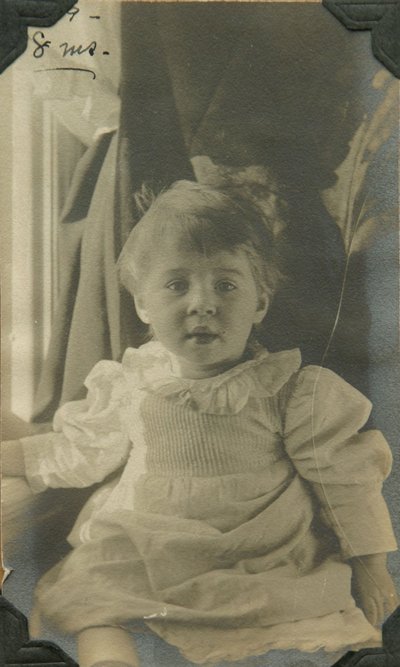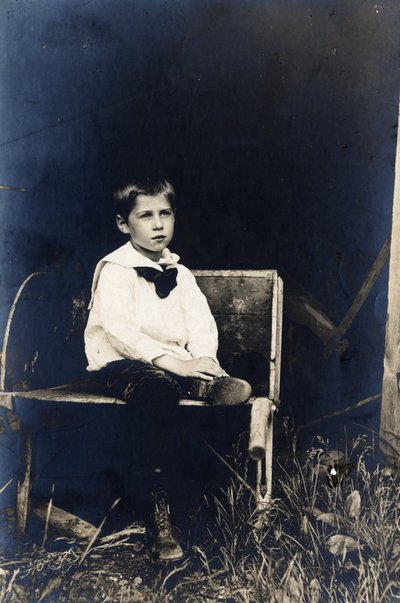Though Keene was relatively isolated, Roger found many activities to keep him busy during his childhood and adolescence. He explored the local area as a youngster, fishing the local river and hunting with an air rifle. He had to eat whatever game he collected, which often included perch and the occasional dove, and while he reflected fondly on these early adventures later in life, the experiences left their mark on Roger as a youth. Since he didn’t have a particular fondness for fish, he gradually acquired “a mild distaste for either hunting or fishing.”
Roger also became an avid jigsaw puzzler, a chronic addiction that would stick with him for most of his life. He took up golf, and was the youngest member of The Keene Country Club for a time, but was forced to play alone, which considerably inhibited his enthusiasm for the sport. For a couple years Roger spent several weeks at camp Belknap, a YMCA camp for boys just below Farmers Island in Lake Winnepesaukie, where he especially recalled the sounds of whippoorwills and loons before dawn.
When he was 12, Roger received an introduction to the principles of optics. Using his father’s old high school physics text, he assembled various materials and attempted to make a spectroscope capable of examining the characteristics of sodium lines, but was unsuccessful. He began his acquaintance with metal working around the same time, using his father’s foot-powered jeweler’s lathe. He was given his first sketchbook in 1906, but began sketching more earnestly around the age of 10, and most of his early sketches were of statues, plants, birds and various household items. He moved on, in a sense, to more portrait-oriented work, which was slowly substituted by more extensive and detailed work with landscapes. Making art was expected by Roger’s mother Ina, akin to eating, breathing or drinking, and Roger was not praised for expressing himself in any particular medium. Though he would develop many talents in life, undertaking a vast quest for knowledge, this impulsive expectation towards artistic creation likely set the trajectory for most of Roger’s future endeavors. While drawing and painting would come to form the primary aspects of his future careers, he continued to think of them as “things you do as a matter of course, not as things which you take courses in to learn.”

Roger Hayward, age 7 years, ca. 1906. More images here

